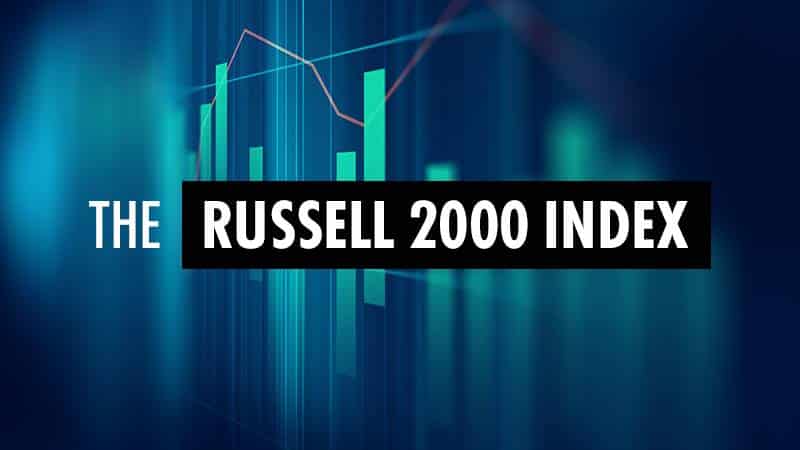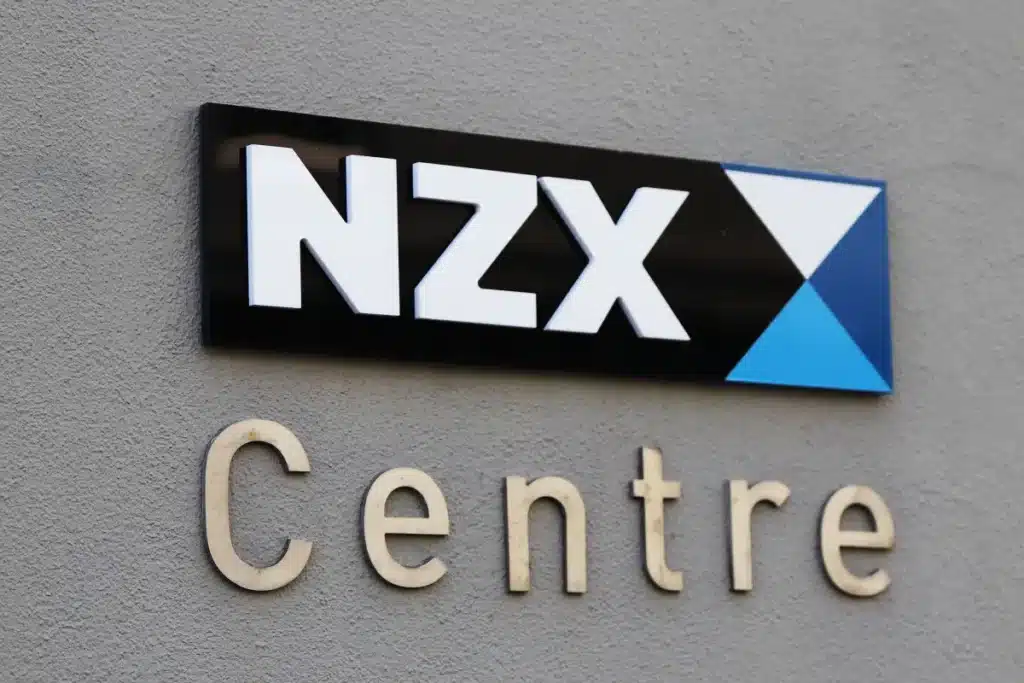Understanding the Latest Market Movements: Trade Ruling, China Talks, and PCE Data Impact
On Friday, May 30, 2025, the U.S. stock market experienced a slight dip due to a combination of geopolitical and economic factors. With the reinstatement of trade tariffs and ongoing trade discussions with China reaching a stalemate, investors are carefully gauging the potential impacts on market dynamics. To understand these developments better, let’s explore the key components influencing the stock market today.
Trade Tariffs Restored
One significant event affecting the markets is the reintroduction of trade tariffs by the U.S. administration. These tariffs, initially imposed during the previous administration, were temporarily lifted but have now been reinstated following a court ruling. This move has raised concerns among investors about the potential adverse effects on global trade and economic growth. As tariffs can increase costs for businesses and consumers, they tend to disrupt trading patterns and create uncertainty in the market.
China Trade Talks
U.S.-China trade negotiations, once a hopeful area for market stability, have now reached an impasse. Previous discussions aimed at achieving a trade agreement appear to have stalled, leading to increased uncertainty among investors. The market typically reacts to positive or negative signals from these talks, as a breakthrough could promote growth whereas a standstill tends to heighten risks for global supply chains and economies.
PCE Data Release
The Personal Consumption Expenditures (PCE) index is another pivotal piece of information making waves in the market. This index, which measures the prices that people in the United States pay for goods and services, provides insights into inflation trends. A higher-than-expected PCE data release can indicate rising inflationary pressures, potentially leading the Federal Reserve to adjust interest rates. Investors closely monitor this data to anticipate future monetary policy changes, as it impacts borrowing costs and overall economic conditions.
Strategic Decisions for Investors
- Market Sentiment: With trade tensions increasing and uncertain economic signals, it’s vital for investors to stay informed and avoid overreacting to short-term market fluctuations.
- Diversification: A diversified portfolio can help mitigate risks associated with geopolitical and economic uncertainties. By spreading investments across different sectors and asset classes, investors can safeguard against market volatility.
- Monitoring Economic Indicators: Keeping an eye on major economic indicators such as the PCE index can provide insights into potential shifts in monetary policy and market trends.
In summary, today’s market situation highlights the interconnectedness of trade policies, international negotiations, and economic indicators. As investors navigate these dynamic conditions, staying informed and maintaining a balanced investment strategy will be crucial in managing risks and capitalizing on opportunities. Remember, the stock market is influenced by a multitude of factors, and thoughtful decision-making is key to successful investing.
Understanding Today’s Top Analysis: Key Insights
In today’s fast-paced world of investing, staying informed about market trends, predictions, and analyses is crucial. Below, we delve into some of the most impactful thoughts shared in today’s top analysis, shedding light on their implications for investors.
Stocks Rise Despite Tariff Chaos but Technical Patterns Hint at Reversal Ahead
The current global economic climate is significantly influenced by political developments, such as trade tariffs. Despite the confusion and uncertainty surrounding tariffs, stock markets have shown resilience by continuing to rise. However, analysts urge caution. While short-term rallies might offer optimism, technical analysis suggests that a market reversal could be on the horizon. This means that the underlying patterns in stock charts point to a potential downturn, urging investors to be vigilant and prepared for possible shifts in the market. Essentially, while the present seems stable, underlying signals indicate a need for strategic caution.
Gold Remains Trapped in a Bull Flag Pattern
Gold has traditionally been seen as a *”safe haven”* asset during times of economic instability. Currently, it is exhibiting a *bull flag pattern*, a term used in technical analysis to describe a short pause after a strong upward move, suggesting that gold prices might soon resume their climb. Investors who rely on technical indicators find this pattern reassuring, as it points toward potential gains after the period of consolidation. For those considering gold as part of their investment strategy, this analysis suggests it might be prudent to keep an eye on future price movements, especially if the global economic landscape continues to be uncertain.
Checks and Balances Are Holding—And That’s Bullish for Markets
During times of political and economic uncertainty, the resilience of financial markets can often be attributed to the robustness of checks and balances within the economic system. When systems that regulate and oversee economic activities function effectively, they provide stability and predictability. This analysis highlights how such mechanisms are currently maintaining equilibrium, creating a favorable environment for markets. The implication is that investors can retain confidence knowing that the framework supporting economic activities remains strong, potentially cushioning markets against volatile swings.
What Does a Rising Long-Term US Government Yield Mean?
The rise in long-term U.S. government yields is a topic of interest for many investors as it signals the market’s expectations for future economic conditions. Generally, higher yields suggest that investors are demanding more significant returns for lending to the government, possibly expecting inflation or an economic upturn. This phenomenon can have varied effects. For instance, higher yields typically lead to higher borrowing costs for companies, which could weigh on stock prices. However, it might also indicate stronger economic growth prospects, which can spur investor optimism. Understanding these nuances is key for investors looking to adjust their portfolios in anticipation of long-term economic shifts.
By exploring these analyses, investors can gain a deeper understanding of current market dynamics and make more informed decisions. As always, staying informed and maintaining a diversified investment strategy are crucial components of successful investing. Be sure to keep an eye on ongoing developments and how they may impact various aspects of your portfolio.
Understanding Today’s Top News: Navigating Market Movements
In today’s dynamic financial environment, staying informed is crucial for making sound investment decisions. Let’s dig into the key happenings in the financial markets as of May 30, 2025, to give you a clearer picture of what could affect your investment choices.
- U.S. Stock Futures and Trade Tariffs: The reinstatement of tariffs by the former administration has introduced a degree of uncertainty into the markets, causing U.S. stock futures to dip slightly. These tariffs, part of an enduring trade policy, aim to protect American interests. However, they also tend to create short-term market turbulence, especially if trade talks with major economies, like China, hit an impasse, as they reportedly have. This can affect investor sentiment, leading to cautious trading in anticipation of further developments.
- Trump’s Press Conference with Elon Musk: In an interesting turn, a press conference featuring former President Trump and Elon Musk is scheduled, with potential implications for Musk’s tenure at his companies. While the specifics are under wraps, investors are keenly watching for any strategic announcements or shifts in Tesla or SpaceX’s operations. Such high-profile interactions can often lead to increased volatility in related stocks.
- Equity Outflows Highlight Investor Caution: The Bank of America has noted significant equity outflows, with $9.5 billion pulled from stocks, marking the largest movement of 2025. This signals a shift towards more conservative or alternative investment avenues, possibly as a hedge against ongoing geopolitical tensions and domestic policies. Such movements offer insight into market sentiment and the strategies employed by large institutions.
- Gold Prices and the Resilient Dollar: Despite the chaotic backdrop of tariff discussions, gold prices are falling. A resilient U.S. dollar offsets the uncertainty typically boosting gold as a traditional safe-haven asset. Investors might want to consider the dollar’s behavior when evaluating precious metals, as variations in currency strength can significantly influence asset prices.
- Bitcoin’s Price Fluctuation: Bitcoin, another popular alternative investment, has seen its price drop to $106,000. This decline appears to be driven by profit-taking amid tariff-induced uncertainty. Cryptocurrencies are inherently volatile, and their prices can react sharply to news impacting broader market confidence. As an investor, understanding these fluctuations is key to managing risks associated with crypto assets.
Understanding these headline events and their impact on the market can guide decisions on asset allocation or trading strategies. As ever, staying abreast of changes and how they might influence market trends is crucial. Reach out for additional insights or if you need a deeper dive into any of these topics. Remember that while market news can be a useful guide, personal circumstances and investment goals should always factor into your decision-making process.








